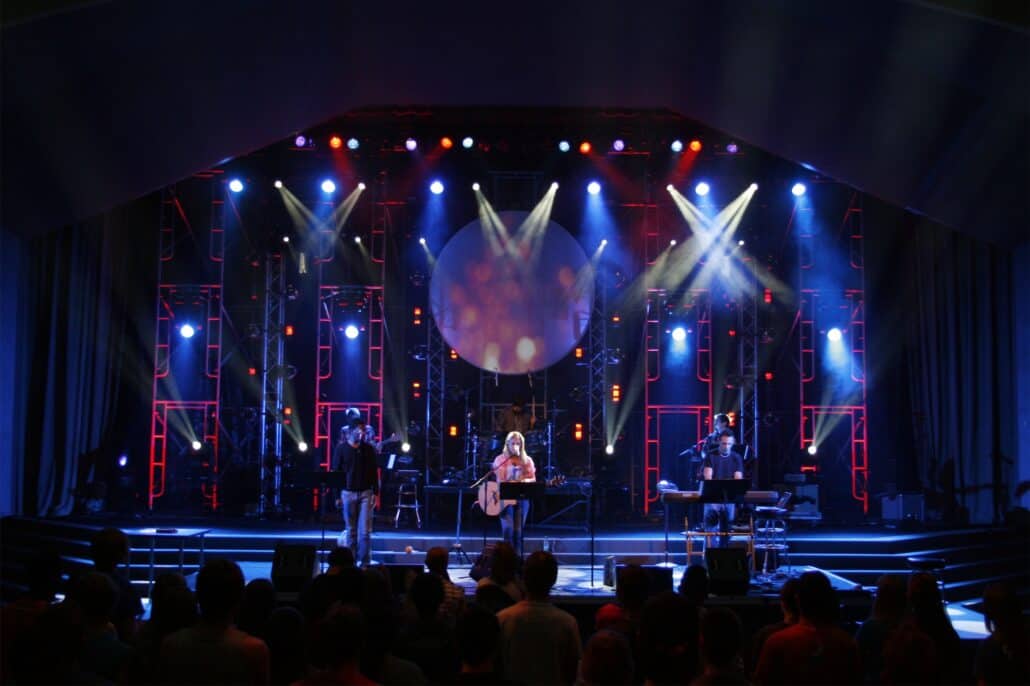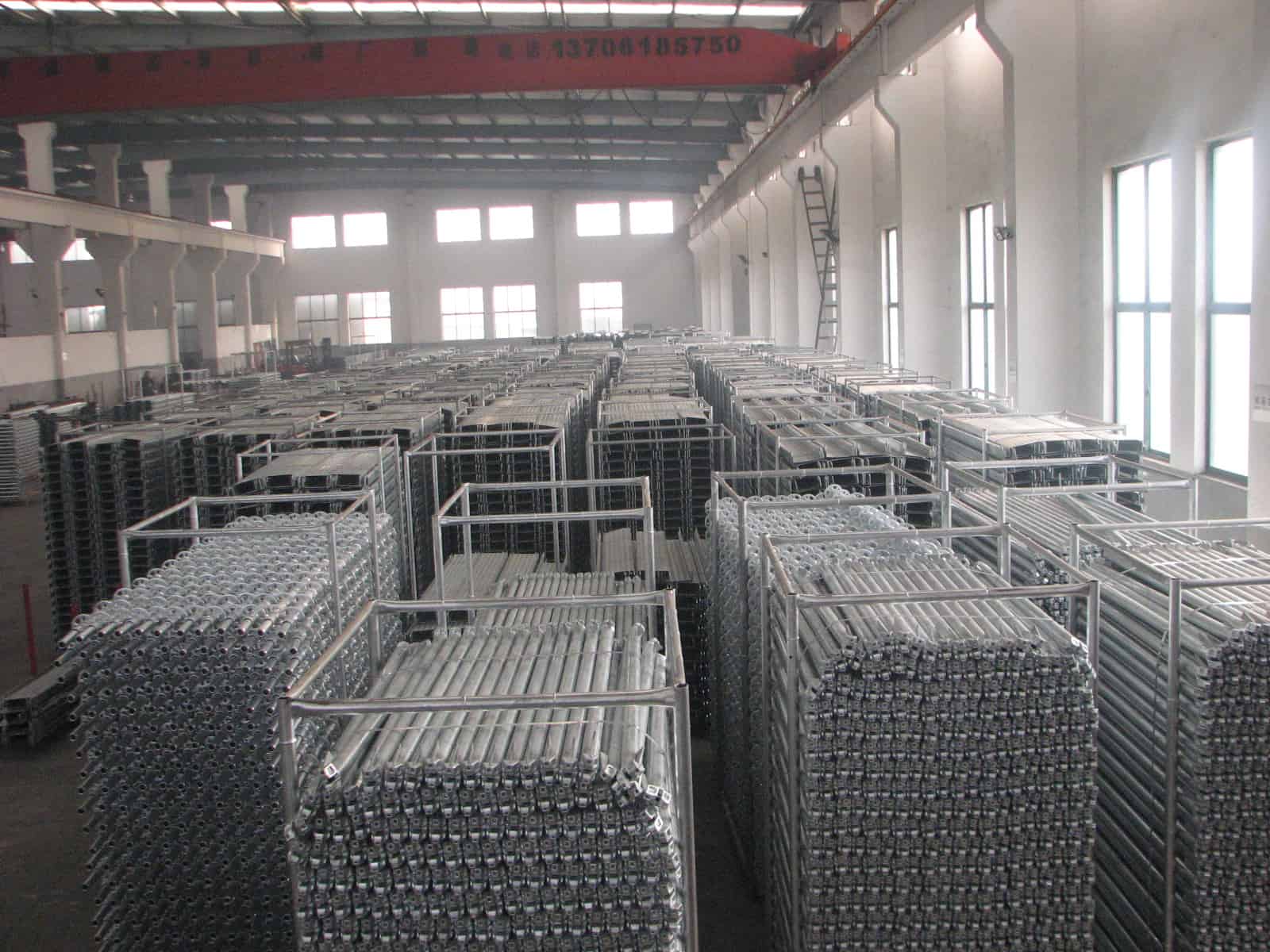How Can Proper Lighting Enhance Your Aluminum Stage Both Outdoors and Indoors?
Have you ever stopped to consider how lighting affects the overall experience of your event on an aluminum stage? Do you know how to properly set up lighting to create the perfect atmosphere, whether indoors or outdoors? Both the functionality and aesthetics of your event can be dramatically improved with the right lighting setup.
Understanding how to properly set up lighting on your aluminum stage is essential in creating a memorable event, regardless of the setting. From outdoor festivals under the ever-changing natural light to indoor concerts with controlled lighting conditions, your lighting setup plays a crucial role.
Curious about how to light up your stage effectively? Let’s shine a light on it.

Why is proper lighting crucial for an aluminum stage?
Lighting is a crucial component of any stage setup, enhancing visibility, creating ambience, and contributing to the overall aesthetic of the event. With aluminum stages, the significance of lighting is even more pronounced due to the reflective nature of the material, which can affect how the light is perceived by the audience and performers.
What factors should you consider for outdoor stage lighting?
Outdoor stage lighting primarily relies on natural light. However, for events extending into the evening or held under adverse weather conditions, artificial lighting is a must. Here, LED floodlights offer a reliable solution due to their long lifespan, low energy consumption, and bright, white light that mimics daylight.
Proper positioning of lights is critical to avoid casting shadows on the stage, which can interfere with visibility. To reduce glare, which can be particularly prominent with aluminum stages, lights should be set up at an angle that minimizes direct reflection towards the audience.
How about indoor stage lighting?
Indoor stage lighting provides more control but requires careful planning. The lighting setup should be tailored to the specific performance. For detailed performances, task lighting might be necessary to focus light on particular areas of the stage. Sufficient ambient lighting should be provided to ensure safe movement around the stage.
For large indoor spaces, high bay LED lights are often preferred. They can illuminate large areas effectively and evenly, preventing the formation of dark spots that can detract from the performance.
How can lighting be customized for specific stage needs?
Every event is unique, and so are its lighting needs. That’s why it’s crucial to work with experienced professionals who can provide customized lighting solutions for your aluminum stage. This includes considering the specific requirements of your event, the layout of the stage, and the characteristics of the aluminum material.
Mastering the Art of Stage Lighting: Detailed Tips for Enhancing Your Aluminum Stage
- Layering: It’s important to layer your lighting to create depth and interest. This means using a mix of key lighting (the main source of light), fill lighting (used to eliminate harsh shadows caused by the key light), and back lighting (which helps separate the subject from the background).
- Color: The color of the lights can greatly impact the mood of the event. Warm colors (like reds and oranges) can create an intimate and cozy atmosphere, while cool colors (like blues and purples) can produce a more serene or mysterious vibe.
- Intensity: The intensity of the lights should be adjusted according to the type of event and the mood you want to create. Brighter lights can create a cheerful and energetic ambiance, while dimmer lights can provide a more relaxed and intimate setting.
- Positioning: Light positioning is critical to avoid casting shadows on performers and to minimize glare for the audience. Lights should be set up at different heights and angles for a more dynamic and engaging visual effect. For example, side lighting can highlight a performer’s shape and movement, while front lighting is essential for visibility.
- Movement: Moving lights can add dynamism to your event. They can be programmed to change direction, color, and intensity, creating a variety of effects to keep the audience engaged.
- Safety: When setting up your lights, safety should be a top priority. All lights should be securely mounted, cables should be neatly arranged and taped down to avoid tripping hazards, and all equipment should be checked regularly for any signs of damage or wear.
- Energy Efficiency: Opt for energy-efficient lighting options like LEDs, which are not only eco-friendly but also have a longer lifespan and produce less heat compared to traditional lighting options.
Remember, setting up lighting on an aluminum stage involves a lot of experimentation. Don’t be afraid to try different things and see what works best for your specific event and venue.
Conclusion
Setting up lighting properly on your aluminum stage is an art and a science. It can dramatically enhance the aesthetic appeal of your event and ensure the safety and comfort of your performers and audience. Whether your stage is nestled under the open sky or tucked inside a bustling event hall, the right lighting can bring your event to life. And remember, every light in the right place can make a massive difference. So why leave it to chance? Light up your stage the right way.

